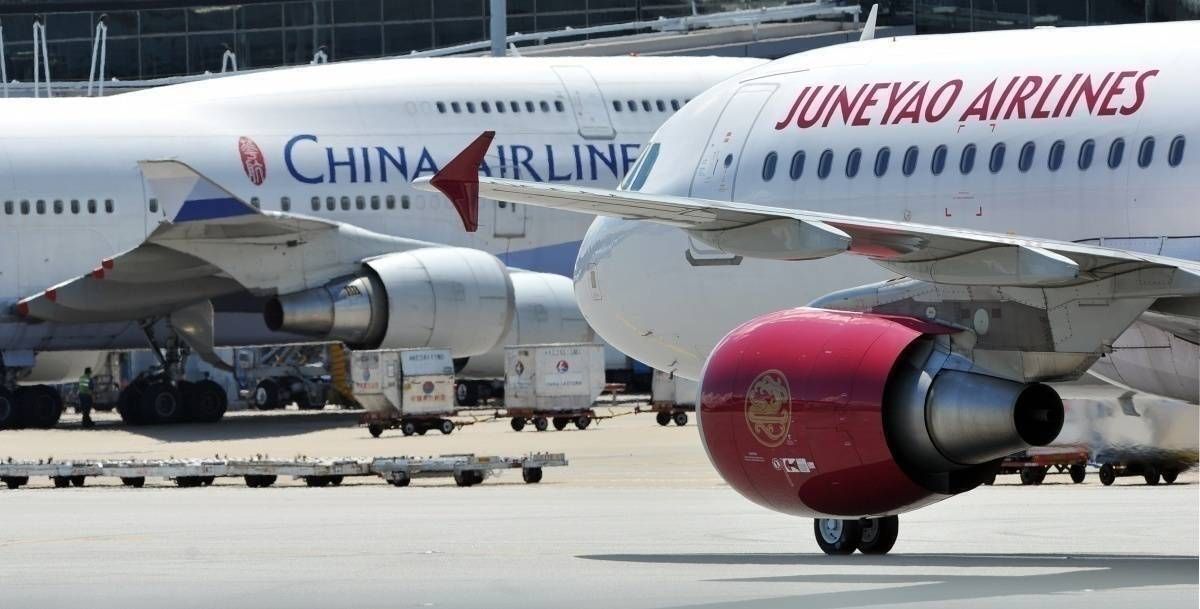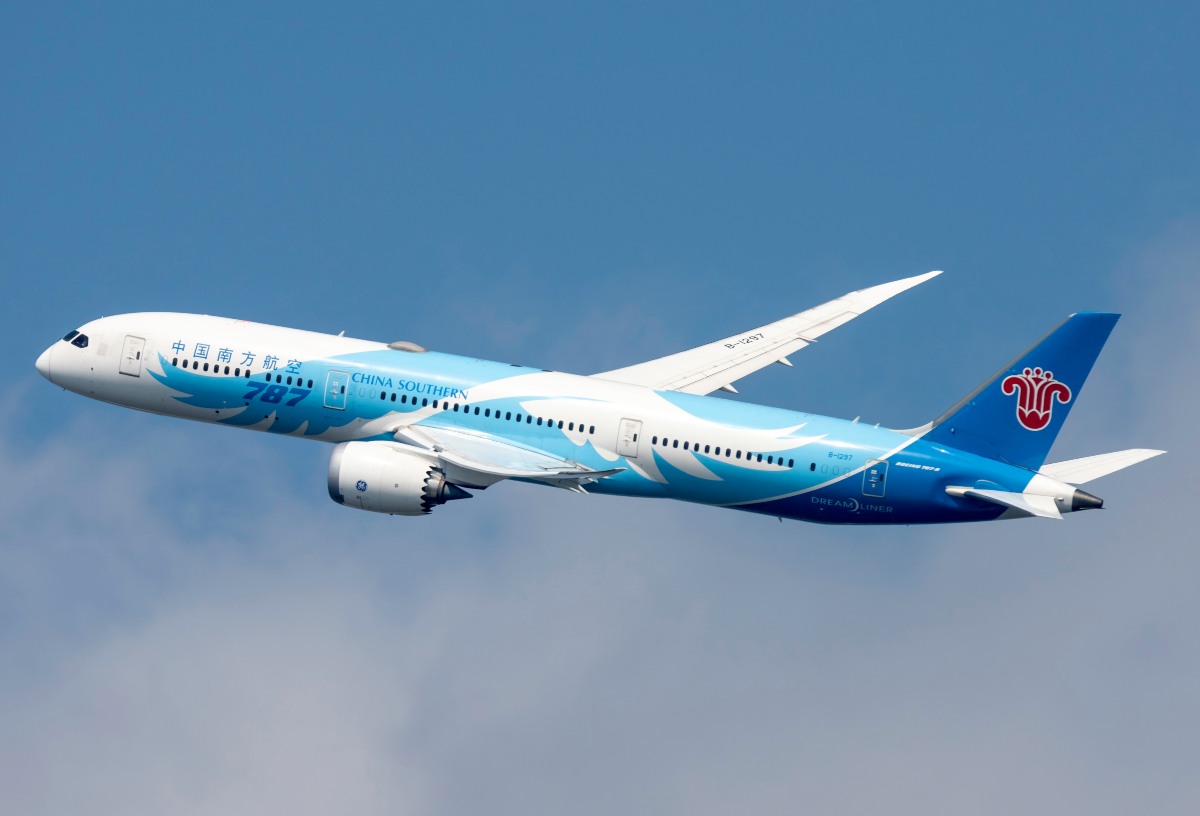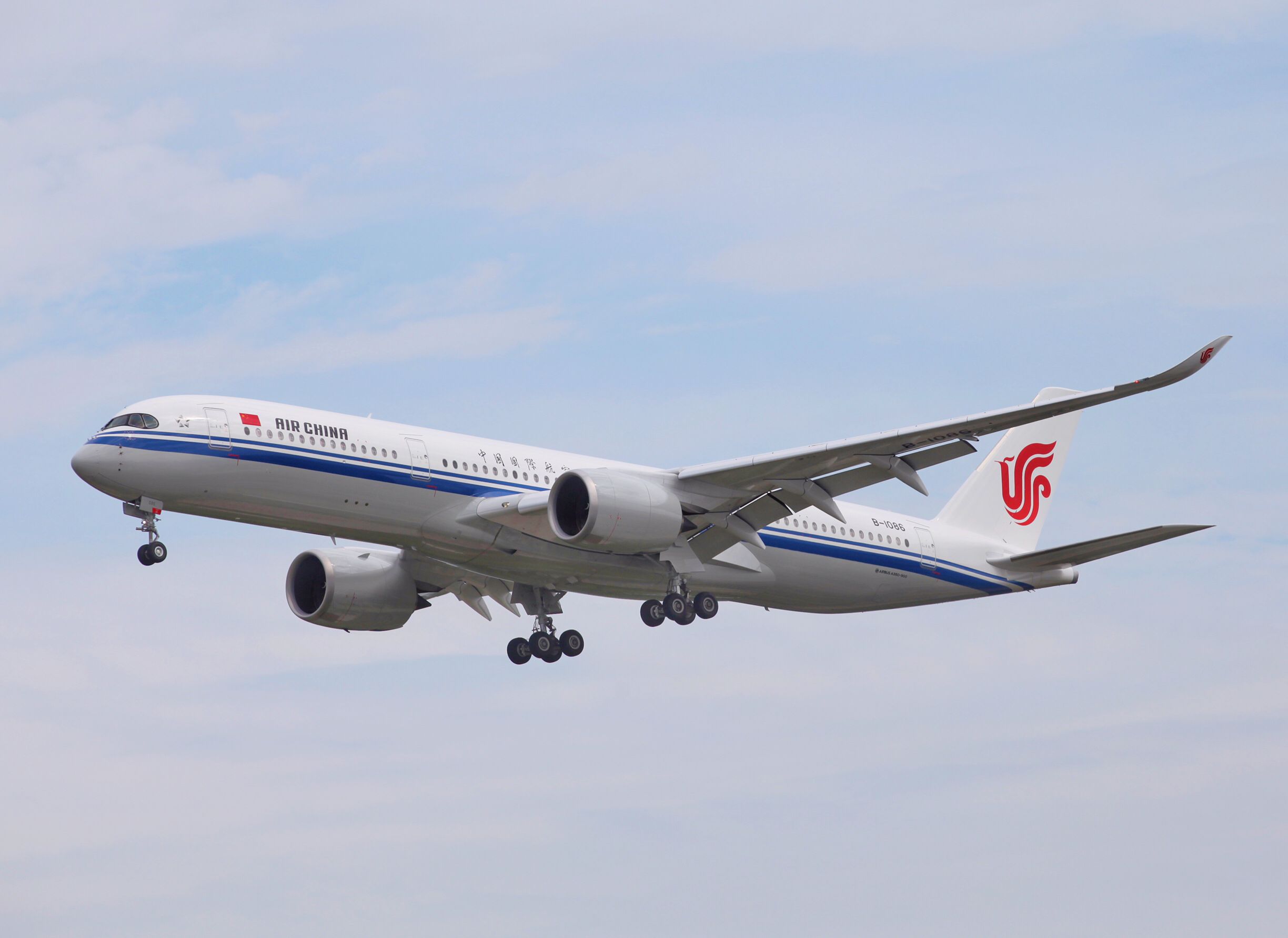As China struggles to maintain its zero-COVID strategy, more details about the restrictions on international flights to Shanghai are emerging. As Simple Flying reported on March 15, China is diverting more than 100 flights away from Shanghai from March 21 until May 1.
According to the China Daily, on March 15 the deputy director of the Civil Aviation Administration of China, Xu Qing said:
"To ease Shanghai's epidemic control pressure, 106 international flights, carried out by five domestic airlines, including Air China and China Eastern Airlines will be redirected to land at 12 other Chinese cities."
 New York to Fuzhou, not Shanghai.
New York to Fuzhou, not Shanghai.
On Wednesday Reuters reported that China Eastern Airlines (CEA) has sought approval from the US Department of Transportation (DOT) to move New York to Shanghai flights to China's Fuzhou Changle International Airport (FOC) from March 31 to April 30.
Fuzhou, the capital of Fujian province, is 380 miles (600 kilometers) from Shanghai. FOC handled around 12 million passengers in 2019 and is a hub for Xiamen Airlines, with frequent 90-minute flights to Shanghai's Hongqiao airport.
Twenty-two routes operated by China Eastern, Air China, Juneyao Air, Shanghai Airlines and Spring Airlines will be redirected to land in twelve alternate cities, including provincial capitals Chengdu, Hangzhou and Fuzhou.
While the application lodged by China Eastern only nominates New York to Shanghai routes for transfer, it's likely more will follow, potentially on routes from Chicago, Los Angeles and San Francisco.
While the change to FOC may be an inconvenience for the next six weeks or so, it’s worth keeping in mind that, according to the US Department of Commerce, only 630,000 US citizens traveled to Asia in 2020.
Circuit-breakers causing havoc for airline planners.
Although China's COVID cases are low by most countries' standards, its pursuit of a zero-infection policy is playing havoc with international flight schedules. The Civil Aviation Administration of China (CAAC) uses a system of circuit-breakers that suspend international routes if five or more passengers present with COVID on arrival.
In January this policy fueled a spat between China and the US when China directed US carriers to cancel 44 flights to China, followed by a US DOT directive to China carriers to cancel 44 flights to the US.
Since March 8 CAAC has issued circuit-breaker notices covering 16 routes to various ports in China from Pakistan, Singapore, Poland, Malaysia, South Korea and Bangladesh, operated by a mix of Chinese and overseas carriers.
Currently, the US Department of State advises US travelers to 'reconsider travel' to China, due to the 'arbitrary enforcement of local laws and COVID-19 restrictions', including the 14-day quarantine on arrival.
There has been a surge in COVID cases, the worst since China's first outbreak in Wuhan, with new cases above 1000 on five days in March. In its March 16 report, the National Health Commission of China reported 122,456 confirmed cases, although China does not consider asymptomatic cases as 'confirmed cases.'
With the circuit-breaker directions, zero-COVID approach and warnings against travel, both tourist and business travel from the US to China is on life support, leading some to suggest this discussion is about who gets to fly empty aircraft from where.
The global airline recovery is stalling due to China's closed-door policy and this circuit-breaker approach just adds more uncertainty, something travelers are quickly learning to shy away from.


